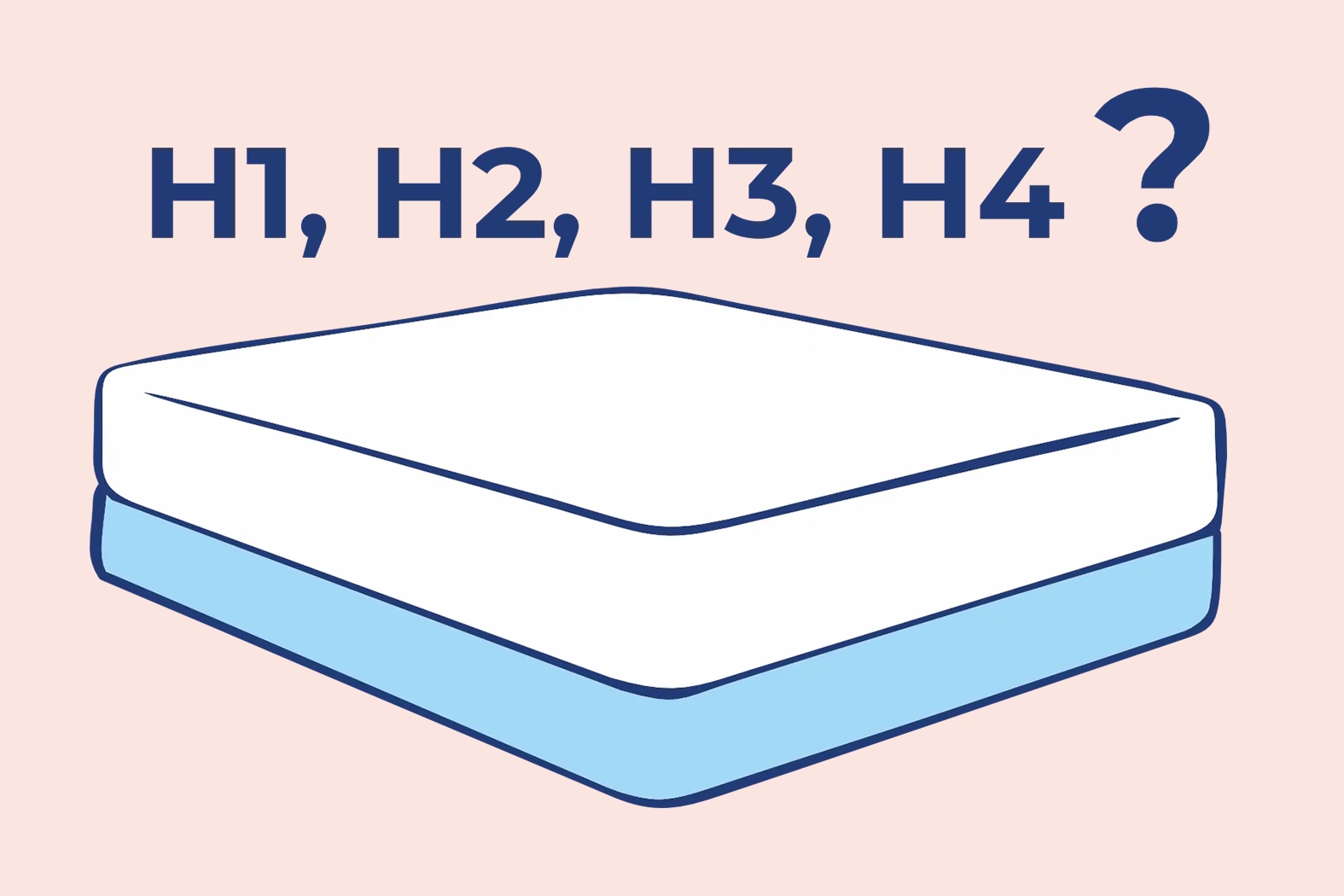To provide services at the highest level, we use cookies. Using the website requires you to choose settings related to their storage on your device. If you want to know what each type of cookie is used for, click the Details button below.
How to choose the right mattress firmness for yourself?14 lipca 2022 |

The healthiest mattress firmness is around 6.5 on the American firmness scale. This level of firmness is suitable for about 97% of the population. It means that an ideal mattress with the best firmness should balance support and comfort. This allows for proper spinal support and comfort during sleep.
Generally, an H3 mattress seems better, as long as it is truly medium-firm. H2 and H3 are firmness units that don?t exist in any measurement system. Instead, it?s better to focus on selecting a mattress with a firmness of around 6.5 on the American firmness scale, which ensures optimal support and comfort.
The best mattress for sleeping has a firmness of around 6.5 on the American scale. This firmness balances between medium-firm and firm, providing a perfect mix of support and comfort, which positively affects sleep quality and spinal health.
People with spine issues should definitely opt for a mattress with a firmness of 6.5, as it provides proper back support and prevents excessive pressure on the joints. It?s also worth choosing a highly elastic mattress that adapts to the natural curves of the body, bringing relief to back pain sufferers.
Generally, no. A mattress that is too firm is not the right choice, as it can cause discomfort and excessive pressure on the body. You should choose a mattress that offers both support and comfort. It should contour the body without pulling you in too deeply. The Osaka Air foam mattress allows for this balance by supporting the spine?s natural curves and ensuring comfort throughout the night.